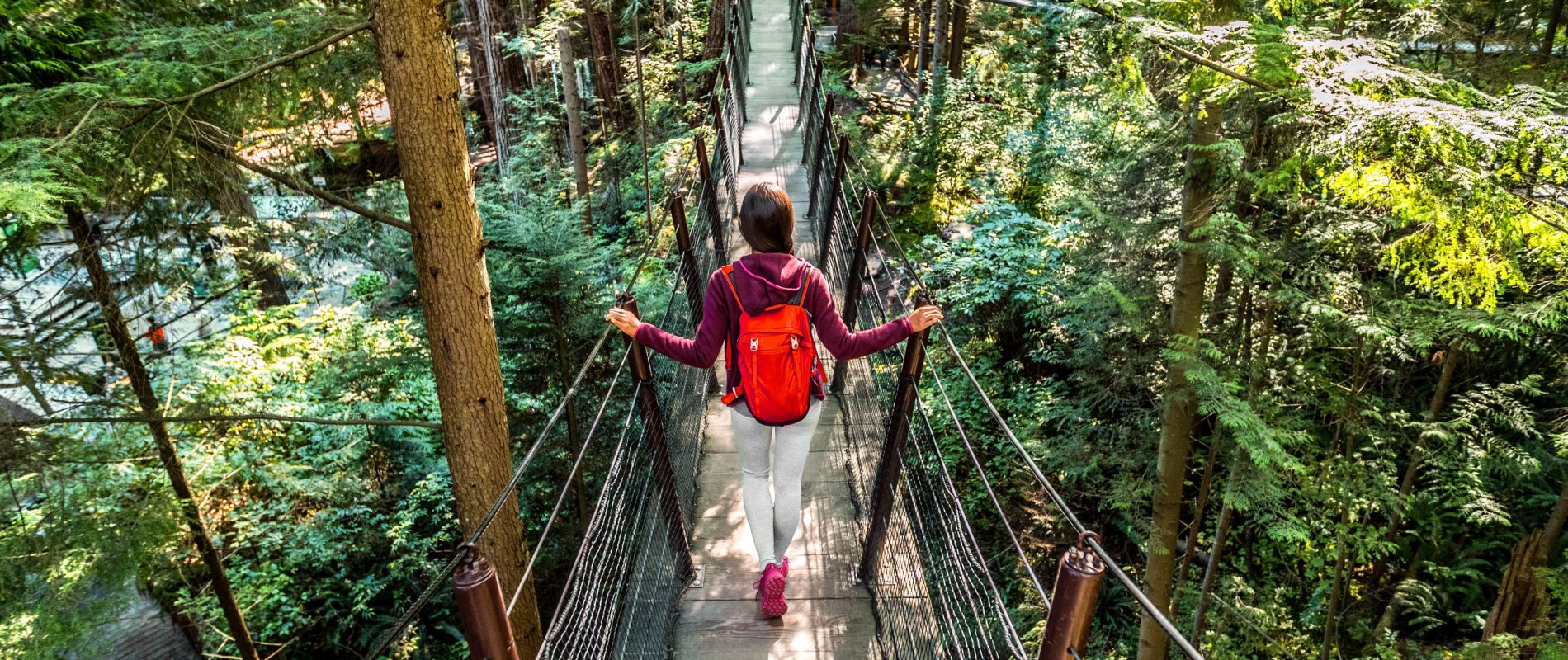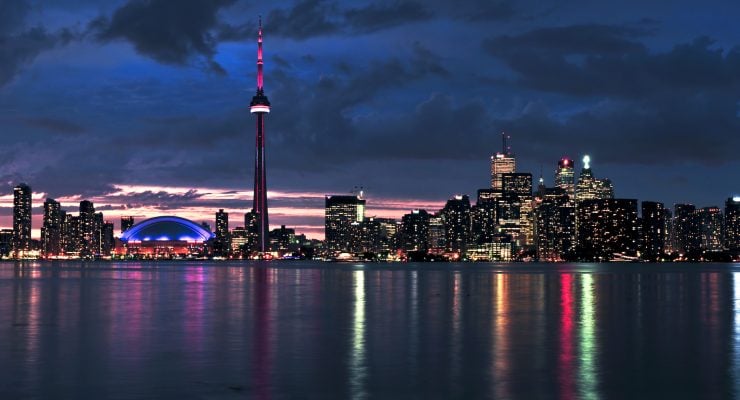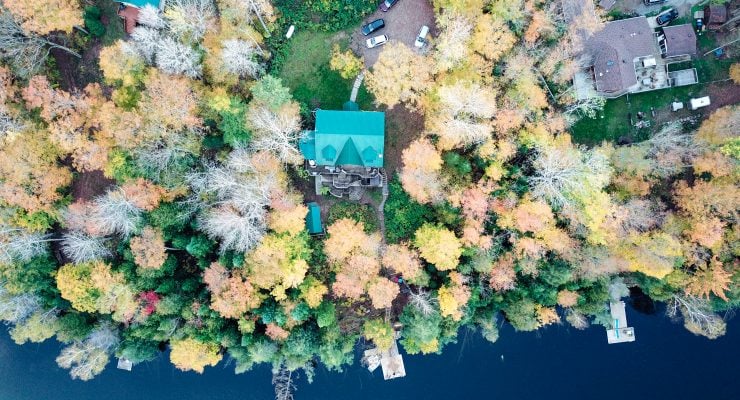Yet another common dilemma! Working Holiday Permit holders from countries where winters are mild or at least not as cold as in Canada tend to dread words like “windchill,” “blizzard” and “severe winter conditions”—what on earth are you supposed to wear to make it to spring?
Yes, winters are cold in Canada… but you will survive!
First of all, stop freaking out and checking The Weather Network website before leaving home. Yes, it does get cold in Canada but it’s not freezing cold yearlong and different parts of the country experience winter differently (… and if you’re going to Nunavut, well, you signed up for it!)
Gearing up for winter mostly means being realistic and practical.
- If you’re planning to spend winter in Vancouver or on Vancouver Island (and more generally in southern British Columbia), you probably won’t experience extreme temperatures. Winters are generally mild and rainy in this part of the country. Snow doesn’t usually stay on the ground for long. However, you should pack waterproof clothing and shoes.
- If you’re planning to spend winter in Toronto, Quebec City, Moncton, Ottawa, Montreal and Halifax, the temperatures will vary but expect them to be much cooler than in Vancouver. Yes, you’re probably going to be able to take a picture of a thermometer showing -25 °C or -30 °C temperatures for bragging rights—however, it won’t be this cold all the time.
- In the Prairies (e.g. Winnipeg, Edmonton or Calgary), winters are harsher and very cold days will be more common, although usually sunny. The further north you go (to Whitehorse, Dawson or Yellowknife, for example), the better your winter gear should be.
The following advice applies to most Working Holiday Permit holders choosing “classic” Canadian destinations. If you’re heading up north, get advice from seasoned locals because you’ll need more serious winter gear.
So once again, yes, winters are cold and long in Canada, but you’re not going to spend the next few months on a floating iceberg!
Unless you live in the tropics, you should be able to buy a decent winter jacket before going to Canada. Stores like UNIQLO or Decathlon usually have a range of insulated and waterproof winter coats and jackets for temperatures between 0⁰C and -25⁰C. Winter sports equipment stores are another option, and don’t forget to check second-hand clothing stores and websites. Basically, no need to splurge on an expensive Canada Goose winter coat to survive winter in Canada.
If you’re concerned about animal welfare, check whether the hood trim is real or faux fur, and whether the coat’s padding is goose feather. Many Canadian brands have been under the spotlight because their winter coats weren’t exactly cruelty-free.
Note that you can now find five Decathlon stores in Ontario and Quebec. Prices are about the same as in Europe, so if you’re a Decathlon fan, shopping at your favourite store in Canada is an option!
Shopping for a winter jacket on a small budget
You can always buy a winter jacket in Canada—there are entire aisles of fancy coats and jackets with appealing features (light but warm, breathable fabric, waterproof, etc.) waiting for you. However, prices tend to be higher than in Europe. A reliable winter coat starts at $250, cheaper options aren’t usually as warm.
Here are the three best small-budget options:
- Bringing your regular winter coat and layering up.
- Investing in a winter jacket suitable for colder temperatures before coming to Canada.
- Buying a second-hand winter coat in Canada (check Kijiji or Craigslist ads, prices start around $50 for famous brands like Löle, Columbia, The North Face, Arc’teryx, etc., that typically charge $1,000+ for a new winter coat).
The layering secret hack to stay warm in Canada
Canadians tend to “layer up” to stay warm during winter. It’s very simple—instead of relying on a single piece of warm clothing, you wear multiple thin layers. It keeps you warmer because warm air is trapped between the layers acting as an insulator.
Start with a thermal long-sleeve base layer (fabric tends to be breathable and provides immediate warmth), then add a thin sweater, a thicker sweater (a cotton fleece hoodie, for instance), then your coat. Add waterproof winter boots, thick and comfy socks, a neck warmer or a scarf and a tuque—you’re ready for -30⁰C temperatures!
On the downside, it does take forever to get ready and it feels bulky at first, but this is the best solution to stay warm outside.
Note that putting on so many layers probably won’t be part of your everyday routine. You will get used to cold temperatures and the typical Canadian cold, dry air will feel warmer than the cold, humid air you may be familiar with at home.
















 Français
Français English
English




0 comments
{{like.username}}
Loading...
Load more